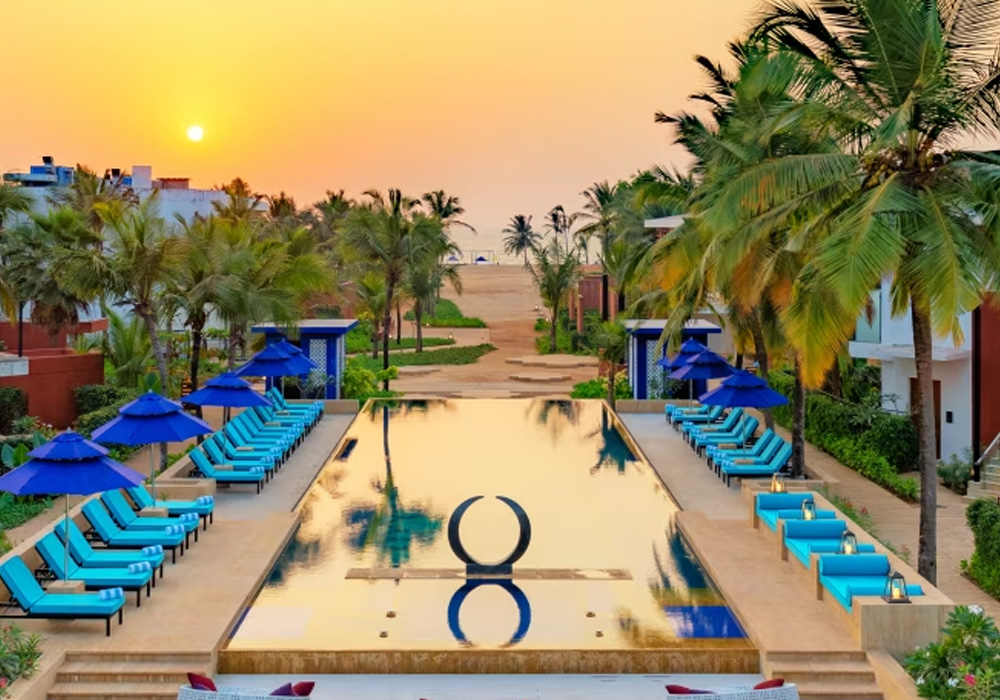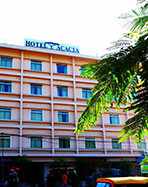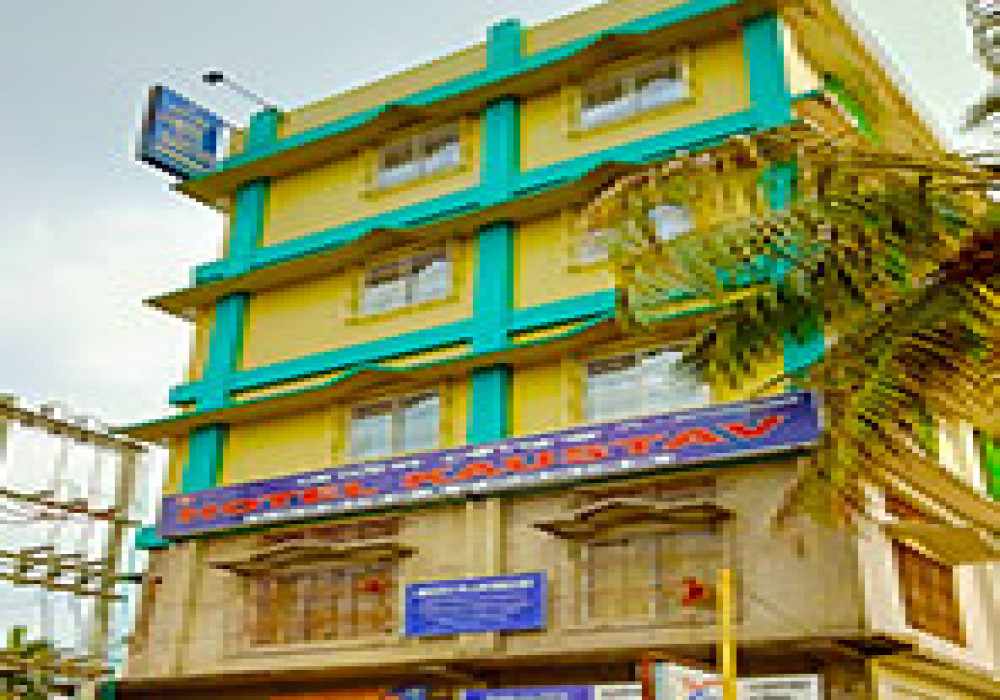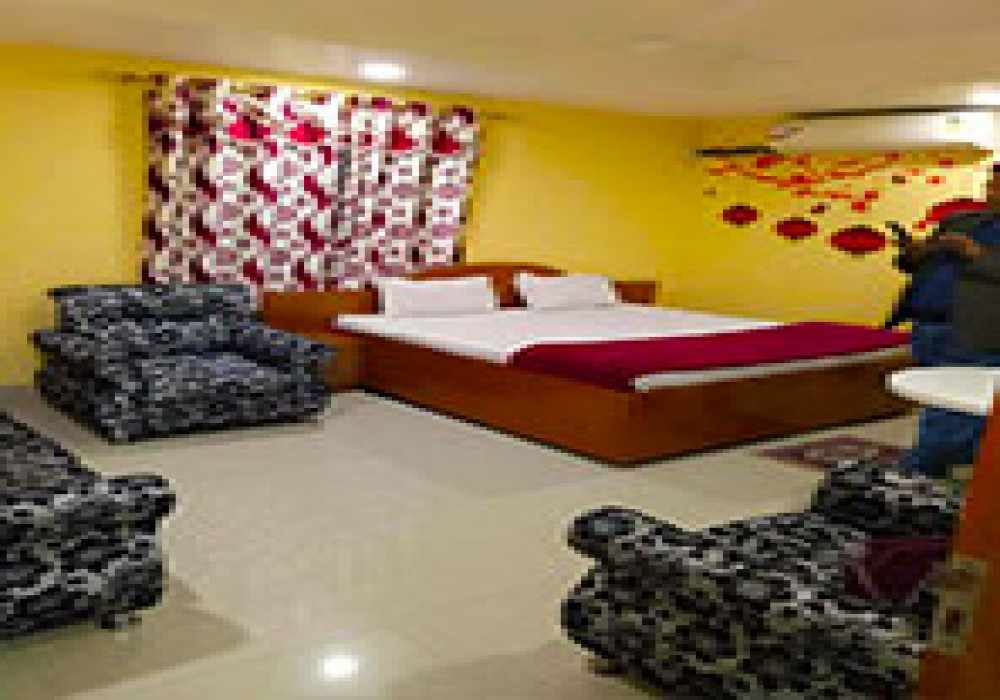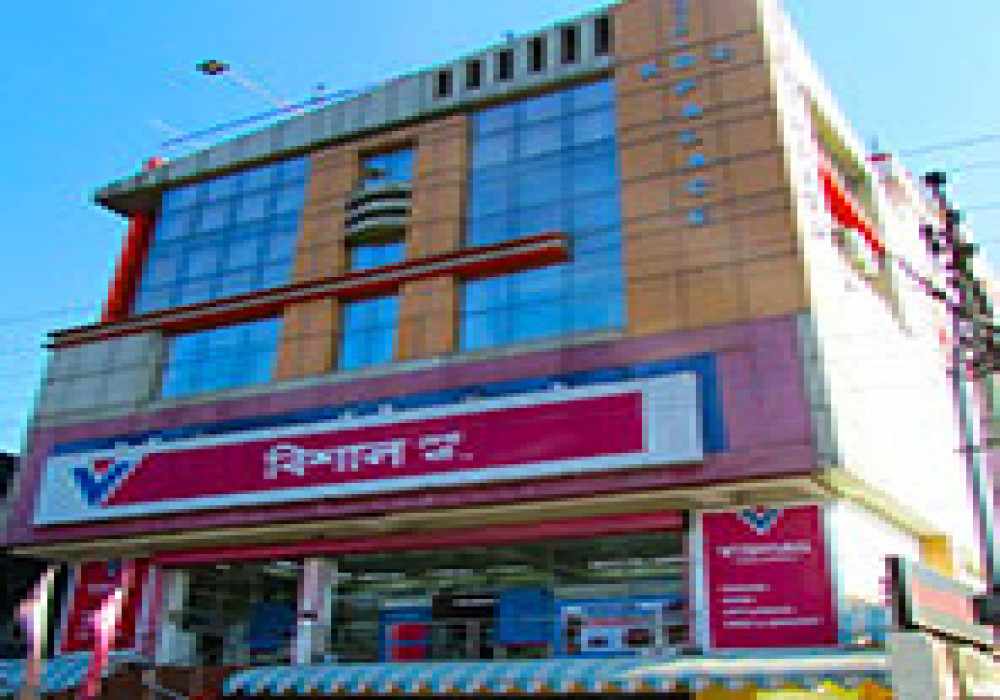Nagaland is an alluring state of India with distinct cultures, festivals, attire, and food choices. This region is amongst India's most minor places, covering a total area of 16,579 square kilometres of Nagaland. With abundant natural beauty, enchanting mountains, and mesmerising hills, Nagaland offers spellbinding vistas considered significant tourist attractions. Nagaland is famous for its mystical culture and native people, making it unique. This beautiful state in northeastern India offers an inexplicable travel opportunity that must be explored on any tour to India. Witness the history of Nagaland during World War II in the Nagaland capital, Kohima, located in the southern part of the state.
For more interesting highlights and information about Nagaland, read till end!
History of Nagaland
The early references to Nagaland can be found in Mahabharata, where a few characters are said to have dwelt here. The state has no written history apart from those mentioned in the medieval era chronicles of the Ahom Kingdom from Assam. Before the colonial era, the state was a part of Manipur under the Thibomei and Thimbong districts. In 1816, following an invasion of Assam by Myanmar, the state came under Burman rule in 1819, a period known for oppression and disruption. In 1826, the British controlled Assam and gradually expanded their domain over Nagaland. By 1892, the East India Company had successfully taken control of the modern history of Nagaland, except for the Tuensang area in the northeast. After that, the area was included with Assam and part of the Bengal province.
Even after independence in 1947, the area remained part of Assam. However, a strong nationalist movement arose among Naga tribes, demanding a union of the native groups. The area witnessed significant violent turmoil, prompting the Indian army to intervene in 1955 to restore order. In 1957, under an agreement between the tribe and the government, Naga Hills in the district of Assam and the Tuensang frontier were united into a single political entity governed by the Central Government. Despite the agreement, agitation continued in civil disobedience, refusal to pay taxes, and attacks on the army. In July 1960, at the Naga People's Convention, an agreement was proposed to declare Nagaland a self-governing state in India. In 1963, statehood was finally granted, making Nagaland the 16th state of India. However, resistance continued even after the government declared a ceasefire in 1997.
Culture of Nagaland
Wondering what is special about Nagaland culture? It blends traditional practices, music, and dance, creating a lively and colourful tourist environment.
Nagaland culture and tradition are vibrant and deeply rooted in the tribal communities. Nagaland is famous for housing almost 66 tribes, of which 16 are major tribes. Each tribe has its language but shares a common zest for life, attire, and traditional rules. Festivals are celebrated with great enthusiasm by each tribe, and their food habits reflect the spirit of brotherhood despite belonging to different communities. Famous festivals include the Hornbill Festival, Moatsu Festival, and Sekrenyi Festival, which showcase the cultural vibrancy of the various tribes dwelling in the state.
The majority of the population in Nagaland follows Christianity, making it the most Baptist state in the world, with almost 75% of its population baptised. Other resident communities include Nepalis, Marwaris, and Bengalis, who mostly live near Dimapur. The language spoken here is Nagamese, a combination of Bengali and Assamese dialects. Historically, inter-village raids and headhunting were prevalent in Nagaland. The people in Nagaland have a warrior background and are ardent followers of their Nagaland tradition. Despite their warrior heritage, the hospitality and warmth displayed by the natives will leave visitors astonished.
Art and handicraft of Nagaland
The artisans of Nagaland are known for their proficiency in making jewellery with metals like iron, brass, and tin. The beautiful hand-crafted jewellery also features beads of different colours, making it visually appealing. Knitting and weaving are another popular craft in the region. Traditionally, the people in Nagaland made their woven cloth, headgear, and raincoats.
The skillfully made Shawls, table mats, and bags perfectly blend traditional motifs with contemporary patterns. The most striking feature of the shawls is the use of vibrant colours. The shawl is initially woven in three parts and later stitched together to form a single shawl called Mekhala. The art and handicrafts of Nagaland are not limited to jewellery and knitting but also include wooden carving, basket making, pottery, metalwork, and beadwork.
Food of Nagaland
The flavoursome food of Nagaland offers a large variety that is worth exploring. Rice is the staple food of Nagaland and is often served with homemade spicy sauces and meat, either smoked, dried, or fermented. The cuisine is known for its authenticity and includes many typical regional ingredients like bamboo shoots, dry fish, and fermented soybeans. Fermented soybeans, or Akhuni or axone, are a curry staple ingredient.
Akhuni comes in powdered or cake form. It is used in stews with other vegetables or dried river fish. Contrary to popular belief, people in Nagaland love vegetables as much as they love meat. Some delicious dishes from Naga cuisine include Hinkejvu, Akibiye, and Galho. The famous fermented beer from Nagaland is called Zutho and is quite popular among Angami Nagas.
Places To Visit In Nagaland
Blessed with flora and fauna, Nagaland is a picturesque location with various exotic plants and animals. The home of the dandiest birds is also known as the Falcon capital of India. Nagaland tourism offers many tourist opportunities. We are currently listing a few things to do and places that are best for Nagaland tourism.
- Learn about the culture of Nagaland in the Naga State Museum.
- Go camping in the Kohima mountains.
- Experience boating in the Doyang River.
- Indulge in the adventure of mountain biking on Rain Forest Trail.
- Take A Wild Safari at Ntangki National Park.
- Go trekking in Mount Saramati.
- Enjoy the nightlife in the capital city of Kohima.
- Attend the Hornbill festival in Dzukou valley.
- Stay in traditional Naga homes and enjoy authentic cuisine.
- Pay homage to World War II martyrs in Kohima war cemetery.
- Visit the Nagaland Zoological Park in Dimapur.
Well known for its stellar beauty and warm-hearted hospitality, Nagaland is a must-visit travel destination in India for an amazing travel experience.
How to Reach Nagaland
The distance you need to cover to reach Nagaland depends on your starting location. For example, the distance from Kolkata is about 1,100 km; from Delhi, it's approximately 2,200 km; from Mumbai, around 2,900 km; and from Bengaluru, it's about 3,300 km. Nagaland can be reached by air, train, and road.
By Air
The major airport in Nagaland is Dimapur Airport, which is well-connected to several major cities in India.
- From Kolkata: Direct flights to Dimapur are available with fares starting from INR 3,000-5,000.
- From Delhi: Connecting flights to Dimapur via Kolkata or Guwahati, with fares starting from INR 5,000-8,000.
- From Bengaluru: Flights to Dimapur via Kolkata, with fares starting from INR 6,500-9,000.
Here is a list of Indian cities from where flights are available to Nagaland:
- Kolkata to Dimapur
- Guwahati to Dimapur
- Delhi (via connecting flights) to Dimapur
- Bengaluru (via connecting flights) to Dimapur
By Train
Nagaland is connected by rail through the Dimapur Railway Station, the state's main station.
- From Kolkata: Direct trains to Dimapur, such as the Kamrup Express, are available.
- From Delhi: Trains to Dimapur are available with a travel time of around 34-36 hours.
- From Guwahati: Regular trains are available to Dimapur, making it easily accessible from Assam.
By Road
Nagaland is well-connected by a network of national highways. You can reach Nagaland by public buses, private taxis, or self-driven vehicles.
From Guwahati: 350 km via NH29 to Kohima, the capital of Nagaland.
- From Imphal: 200 km via NH2 to Kohima.
- From Shillong: 430 km via NH6 and NH29 to Kohima.
Travelling by road offers scenic views of the hills and valleys, providing an adventurous journey to the beautiful state of Nagaland. This information about Nagaland helps you plan your visit to this culturally rich state, which is known for its Nagaland culture and tradition.
Explore the magical wonders and mystics of Nagaland. Book now with adotrip.com and let the adventure begin. From A1 accommodations to high-end travel experiences, we’ll get everything seamlessly covered for your THE PERFECT getaway!
With us, nothing is far!
Frequently Asked Questions About Nagaland
Q1. What is Nagaland famous for?
A: Nagaland is famous for its vibrant tribal culture, diverse festivals like the Hornbill Festival, exquisite handwoven shawls, and unique cuisine featuring dishes like smoked pork and fermented bamboo shoots.
Q2. What are the interesting facts about Nagaland?
A: Nagaland is home to 16 major tribes with distinct languages and customs. Due to its numerous traditional celebrations, it is known as the "Land of Festivals"." Nagaland also has the highest concentration of Baptists in the world, with about 75% of the population following the Baptist faith.
Q3. What is the state fruit of Nagaland?
A: The state fruit of Nagaland is the pineapple.
Q4. What is Nagaland's famous food?
A: Nagaland's famous food includes smoked pork with bamboo shoots, axone (fermented soybeans), and Hinkejvu, a dish made with colocasia, shredded meat, and bamboo shoots. These dishes are known for their bold flavours and use of locally sourced ingredients.

